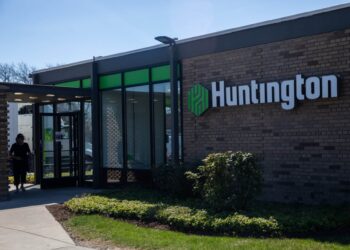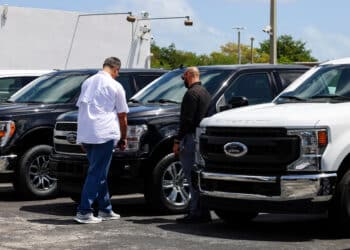Debate Over a Subprime Auto ‘Bubble’ Blows Up

This is a question that has been making the rounds in the news and even at Auto Finance News lately.
Arguably, this has become one of the more lively debates in banking today.
The New York Times posed the argument in mid-July that auto loans extended to individuals with poor credit has risen more than 130% in the last five years, and likened this “explosive growth” to subprime mortgages before the last financial crisis.
The Times backed up its argument last week with a strident editorial, calling for a “swift and aggressive” move by the Consumer Financial Protection Bureau and the Federal Trade Commission to regulate the subprime auto industry.
Unscrupulous auto dealers, The Times said, “prey on less sophisticated borrowers, falsifying the borrower’s income information and writing loans with astronomical interest rates and hidden fees that deliver a quick profit to the dealers.”
And the problem has worsened since big banks began buying auto loans to be bundled up and sold to pension funds, the newspaper argued.
“Dealers who can offload loans to banks before the loans fail take the same rapacious approach that mortgage lenders took in the run-up to the recession,” the editorial read.
As far as The Times is concerned, it seems, danger is on the horizon.
Bloomberg News also entered into the fray last week, but said, “No, there is not a bubble in subprime auto loans.”
Bloomberg argued that some subprime car lending is probably healthy, and even when a consumer cannot pay their mortgage or credit card bill, they pay their car loan. For many people having a car is the difference between keeping a job and unemployment, Bloomberg said.
Citing economists at the Federal Reserve of New York, who said they “do not see evidence supporting a disproportionate or unusual volume of new loans being issued to riskier borrowers,” originations to borrowers with lower credit scores are just reaching normal levels and the number is still lower than before the last financial crisis, Bloomberg said.
While there are credit concerns, Bloomberg’s stance is that ‘there’s still no bubble.’
Moody’s Analytics’ released a study to answer the question, “Is U.S. Auto Lending About to Bubble Over?” Moody’s hedged its response:
Despite the spurt of double‐digit growth, outstanding balances for the subprime segment of the market remain below their 2007 peak. ’Near‐prime’ borrowers with credit scores in the 620‐to‐699 range have experienced some growth, but the overall increase in auto lending has been driven by prime borrowers.
The report concluded that a steady supply of auto credit was critical to support the auto industry after the crisis in 2008, as well as after the Great Recession, and without auto credit, recovery would have been far slower.
Yes, the market may have overshot in the opposite direction recently and have provided to borrowers with poor credit too liberally, Moody’s Analytics said, but no bubble is set to burst.
“To borrow an automotive metaphor,” The report concluded. “It is easier to tap the brakes and correct imbalances than to try and move the industry out of a ditch with the parking brake of credit fully engaged.”














